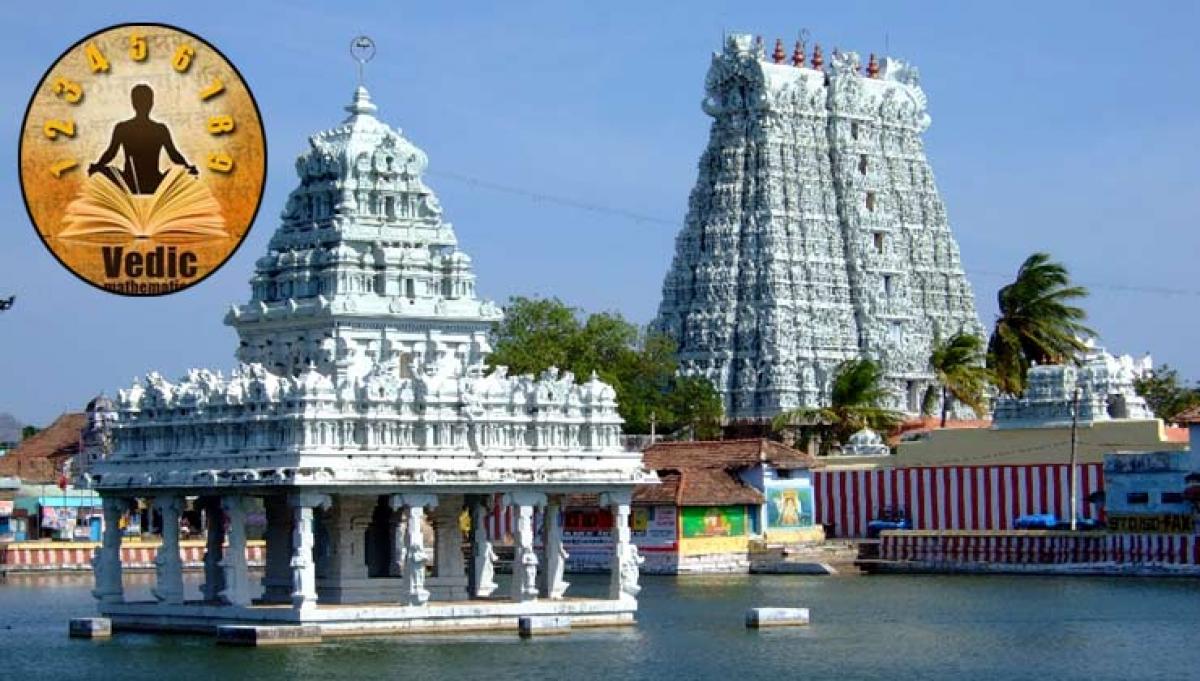Live
- HCLTech launches TechBee
- Industrial growth recovery expected in H2
- No arrests made yet, says Police Commissioner
- Bhupalapally: 22 selected for kabaddi tournament
- Safiya awarded PhD
- School for brick kiln workers’ children opens
- ISRO: A digital bridge and global diplomatic force
- Devanahalli toll plaza collects `308 cr in a single year
- Indiramma house survey conducted
- Alphores Narender Reddy donates Rs 1 lakh to library
Just In
The shrines of Hyderabad : Jham Singh Balaji Mahadev temple

26 Aug 2013 7:05 PM IST

x
Highlights
T P Venu One does not relate a temple to be born out of chicanery, the Jham Singh Balaji Mahadev Temple in Gudimalkapur, Medhipatnam is an...
T P Venu
One does not relate a temple to be born out of chicanery, the Jham Singh Balaji Mahadev Temple in Gudimalkapur, Medhipatnam is an exception. Built in 1810 by Jham Singh, a Rajput soldier from Uttar Pradesh who had an eye to pick the best horses was given the task by Nawab Sikandar Jah III to purchase horses but the commandant used the money to build a temple.
Testimony to his abiding interest, stone images of horses are found on either side of the entrance. Thanks to the timely intervention of prime minister Chandulal, the punishment of sending him to the gallows was modified and Jham Singh was told to build a mosque as well.
The temple and the mosque have withstood the vagaries of nature for two centuries and are a reflection of the cultural character of Hyderabad. Set in the style of temples in South India, the main temple stands on twelve pillars, the deity of Lord Balaji with his consorts, on either side, adorn the temple. The entrance with the rajagopuram and images of horses is a medley of colours which stands out for its intricate details.
Horses are leitmotivs running through the unique temple, born out of chicanery but a living testimony of a rich cultural past dating back to 200 years and a lesson in communal harmony. A temple dedicated to Lord Shiva stands beside it. This is a unique anomaly as one cannot find Vasihnavite and Shaivite temples in the same complex.
Inside the complex, there are temples dedicated to Lord Krishna and Hanuman as well. Originally spread across 55 acres, 22 of which were given away by the Jham Singh family on which the Gudimalkapur market has come up. Incidentally, this how the market got its name, ‘gudi’ meaning temple. The temple is especially grand during the Dussera festival. The naqar khana, the place for drum beaters is in a bad shape but the intricate stucco work is still visible and reminds one of the workmanship of the period.
What makes the temple complex unique is the equine imagery all over. Jham Singh was known for his passion for horses and the idol of the Lord has a moustache akin to a Rajput and a dagger on the side. Another interesting feature of the temple is a plaque in Persian in the temple well, inviting pilgrims to drink the sweet water. It is said that the Nizam visited the temple and was pleased by the architecture and awarded a jagir (land given away as gift) in Medak. Jham Singh dedicated the land to the temple.
Indian history is full of stories of the gallant deeds of Rajputs. The Jham Singh temple too is a living example of one such brave Rajput who came from Unnao district of UP to serve the Muslim ruler. The temple is an example of the times when the cultural amity and tolerance went side by side.


Next Story
More Stories
ADVERTISEMENT
© 2024 Hyderabad Media House Limited/The Hans India. All rights reserved. Powered by hocalwire.com






